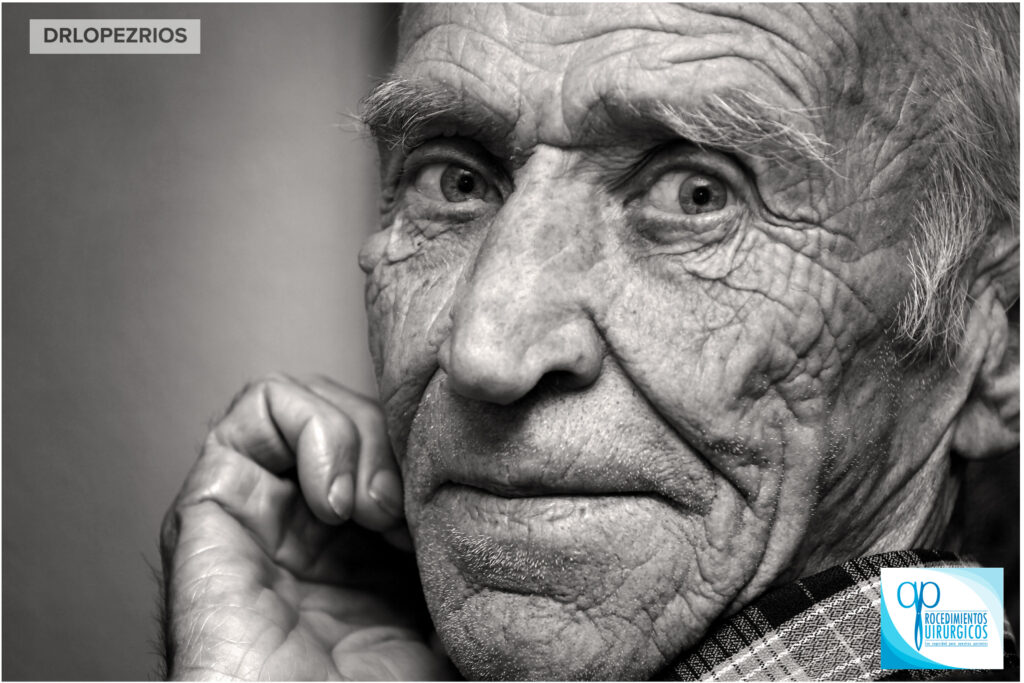Botulinum Toxin.
Botulinum toxin type A is known as Botox, a neurotoxin produced by the Clostridium Botulinum bacterium.
The aesthetic use of this goes back to the 90s, when Jean Carruthers, an ophthalmologist, and her husband, Alastair Carruthers, a dermatologist, accidentally discovered that this neurotoxin causes the muscle relaxation effect of facial mimicry. The ability of botulinum toxin to produce muscle paralysis by chemical denervation has been used to a large extent in aesthetic medicine.
Facial movements
Every day we use non-verbal language with our face, expressions of happiness, astonishment, doubt, sadness, illusion, and serenity is the daily life in the facial mimicry of each one of us. When we are young, these movements cause wrinkles quickly recover with muscle relaxation without leaving marks on our faces. However, over the years, certain factors have caused wrinkles to become more pronounced and more noticeable.
Facial aging
Over the years, our face acquires various lines of expression that are influenced by factors such as sun damage, smoking, and loss of subcutaneous fat, among others; These factors, together with the gravitational action, increase the sagging of the soft tissues of the face, generating hyperdynamic wrinkles that are noticeable even at rest.
Because of this process, in the history of medicine, mechanisms have emerged to compensate and help improve body aesthetics. An example is the use of botulinum toxin.

Use of Botox in aesthetic medicine
Aesthetic medicine is the branch where minimally invasive procedures are performed to improve the physical appearance and, in some cases, the function of body parts, such as the face, neck, abdomen, and extremities.
Today, a diluted form of botulinum toxin is considered one of the aesthetic treatments that offer the best results to eliminate wrinkles. After its infiltration with an extra-fine needle into the muscle under the affected area’s skin, muscle movement is inhibited by relaxation, seeking to make the skin look more youthful.

For whom is the use of botulinum toxin indicated?
Botulinum toxin is indicated in all patients who want to improve facial expression lines. It should be noted that the use of botulinum toxin can be combined with other surgical and aesthetic therapies, depending on each patient’s requirements.
In which areas can botulinum toxin be applied?
Expression lines are related to the movement of the muscles of the face and neck. Botulinum toxin is mainly applied to the upper half of the face; this includes the forehead, the lateral region of the eyes, which is often called “chicken feet,” between the eyebrows, and the necklines. This is why, in medical practice; mechanisms are used to determine specific injection points that improve the skin’s appearance.

How long does the effect of botulinum toxin last?
The effect of the toxin is transitory because the nerve endings branch out again and form new junctions with the muscle, which, when they contract again, causes the reappearance of expression lines. This is why applying toxins between 4 and 6 months is recommended.
What advantages does botulinum toxin have?
Toxin application is an outpatient procedure with little pain so you can continue your daily activities after its administration. The efficacy in improving the lines of expression is approximately 95% because the local application allows focusing the drug’s action on the desired muscle.
Another advantage is the wide margin of safety because its effects are reversible, thus offering an advantage over invasive methods.
Do you have questions? Would you like a professional to advise you? I have extensive experience with botulinum toxin. Get in touch with us by visiting our website www.drlopezrios.com
Safe surgeries and procedures with natural results.
Produced by:
Oliver Pulgarín León
Physician
Universidad de Antioquia


